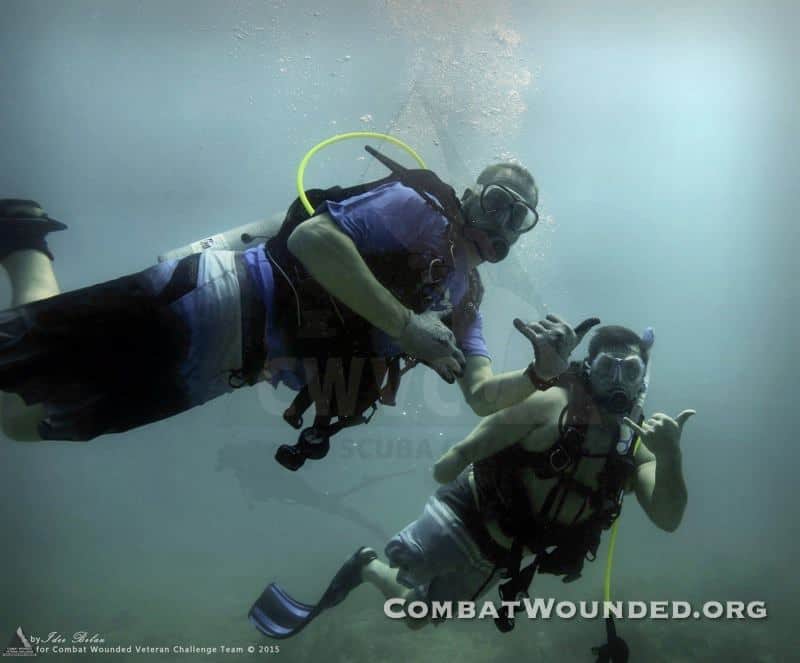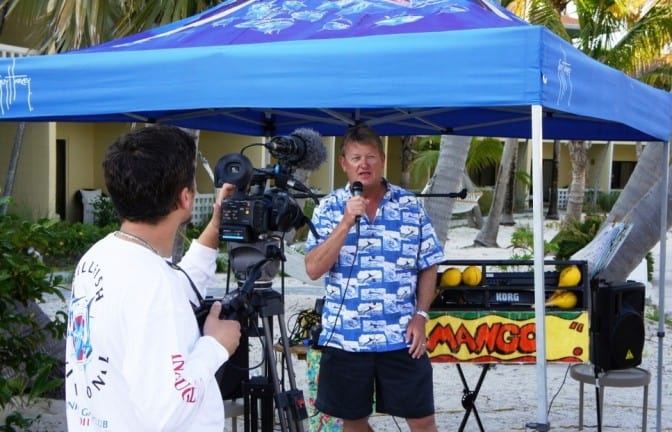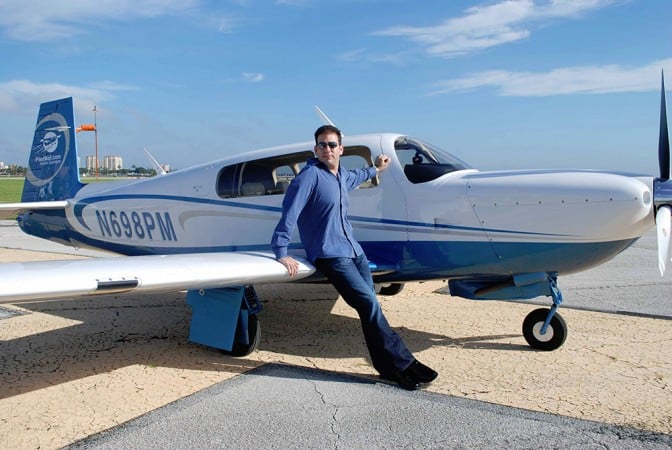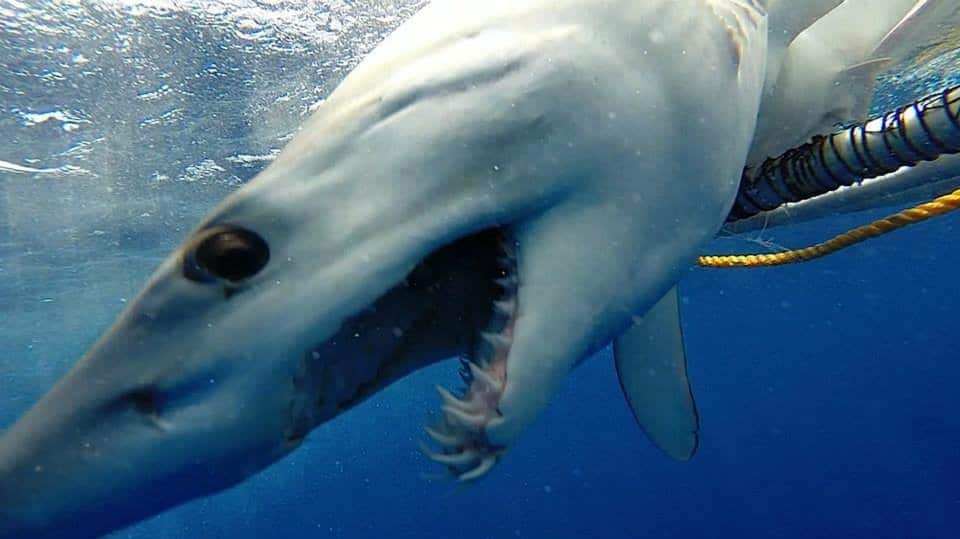During this week’s Billfish Invitational tournament, Fred Garth, Editor-In-Chief of Guy Harvey Magazine, will be filing a series of dispatches from tournament headquarters at the Bimini Big Game …
 Chris Corbin dropped about 20 feet to the ocean floor at Looe Key Reef off the Lower Florida Keys July 20 to perform an important task: planting small staghorn coral bundles as a volunteer for Mote Marine Laboratory’s reef restoration project.
Chris Corbin dropped about 20 feet to the ocean floor at Looe Key Reef off the Lower Florida Keys July 20 to perform an important task: planting small staghorn coral bundles as a volunteer for Mote Marine Laboratory’s reef restoration project.
This was the 37-year-old retired U.S. Army Green Beret’s fourth year as a volunteer citizen scientist working underwater alongside fellow combat vets and middle- and high-school students from SCUBAnauts International on a Mote project. But fastening the coral fragments with zip ties to nails driven into the bottom was proving challenging in the strong current– especially since Corbin wears two heavy prostheses to replace both legs blown off at mid-calf.
“I just found it easier to drop my feet on a sandy spot and control my buoyancy with my breathing,” Corbin said.
He planted four plots with five fragments each and still had air left in his tank.
“Every time it’s awesome,” he said. “It’s kind of cool to see your work–‘oh, that was last year and that was 2012’. It’s always fun. If nothing else, I’m just playing in the ocean.”
Corbin and about 50 other scuba divers and snorkelers from SCUBAnauts and the Combat Wounded Veteran Challenge planted 250 corals along Looe Key that day– adding to the 7,500 already placed by Mote scientists and volunteers on 50 sites along the Keys. The aim is to restore decades of manmade damage that has wiped out most of the branching corals in the Caribbean– a huge loss to the marine ecosystem and the humans who depend on it.
“Humans have so screwed up the reefs that they will never recover on their own,” Dr. Michael Crosby, Mote President and CEO, told the volunteers. “This is science-based restoration in partnership with all of you.”
Scientists say the rewarding aspect of working with staghorn coral is that it grows fast and is the easiest to bring back. Fragments cultivated in Mote’s coral nursery have grown large enough to spawn within two years of being replanted on the reef. Their average survival rate is 75 percent.
“It proves we’re on the right track,” said Erich Bartels, who oversees Mote’s coral nursery project.
Tampa high school student Riley Gillis, 16, became a certified scuba diver last year just so she could help with the restoration work.
“The coral dive is actually my favorite dive I’ve ever done,” Riley said. “It’s awesome to be part of a team. I love looking around, the science, the working part of it. You’re contributing to something.”
For the wounded vets like Corbin, the work isn’t just fun, but an opportunity to bond with fellow vets.
“No one understands a service member that’s been injured like another service member that’s been injured,” Corbin said. “We’re all trying to get back to a semblance of normalcy after injury.”
He invited fellow retired Green Beret Bobby Dove to join the mission. Dove, 28, who lost most of his right leg and right arm to an improvised explosive device in Afghanistan, didn’t hesitate.
“Hell, yeah,” he responded. “I have not gotten to plant coral. I’m very excited about it.”
Following their stint as coral farmers, the vets and kids were treated to a barbecue at Mote’s Summerland Key lab.
The mission was supported by the Guy Harvey Ocean Foundation; the Islander Resort: A Guy Harvey Outpost; “Protect Our Reefs” license plate; Harbor Graphics and Custom Apparel; Looe Key Dive Center; Strike Zone Charters; Underseas Inc., Rock Bottom Divers; Derby Lane; and Oceanic.












TRAVEL DESK : 800.513.5257